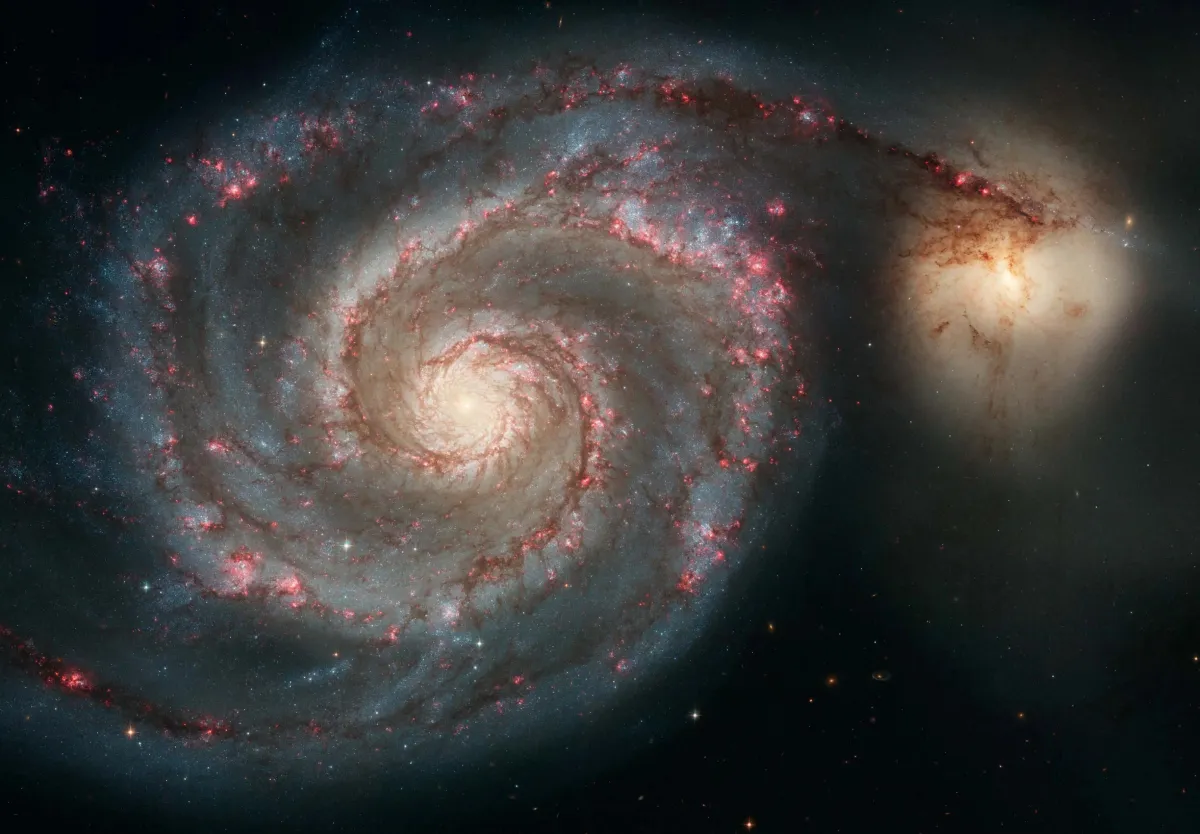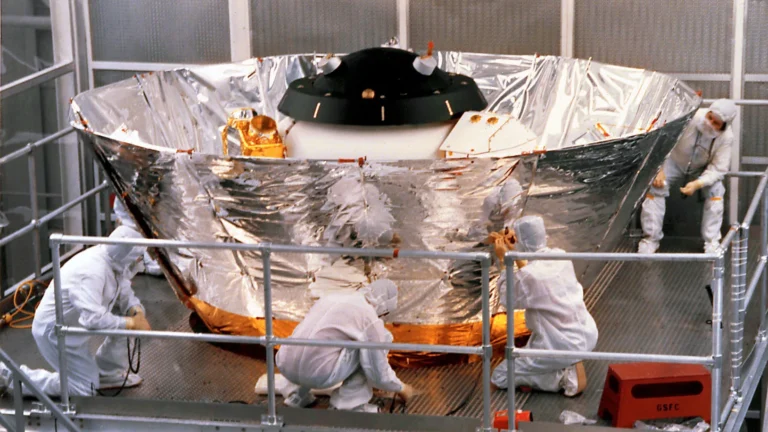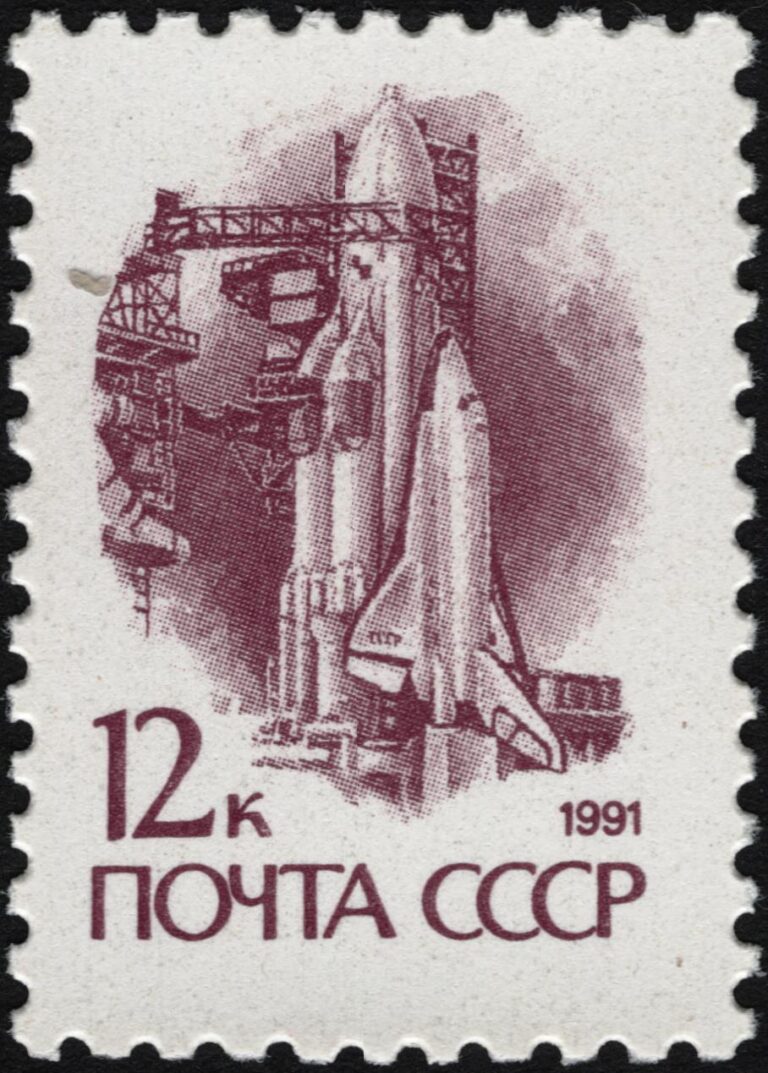
Key Takeaways:
- Charles Messier first cataloged M51 on October 13, 1773, describing it as a "very faint nebula without any stars" and making it the 51st entry in his catalog.
- In 1781, Pierre Mechain observed M51 to be a "double galaxy" with two nuclei, noting the presence of its companion, NGC 5195.
- The spiral nature of M51 was detected in 1845 by William Parsons, Earl of Rosse, who used a 72-inch reflector to observe its pinwheel-like structure and consequently labeled it a "spiral nebula."
- While early astronomers theorized these "spiral nebulae" were solar systems in formation, their true nature and the importance of spiral arms for star formation were not discovered until the early 20th century.
On Oct. 13, 1773, Charles Messier spotted the Whirlpool Galaxy (M51) for the first time. Writing of it a few months later, he described the object as a “very faint nebula without any stars”; it would become the 51st entry in his famous catalog of non-comets. In 1781, Messier’s friend and fellow astronomer Pierre Mechain observed that the object appeared to be a double galaxy with two nuclei, seeing M51’s companion NGC 5195.
Messier didn’t realize it, but he’d been the first to discover a spiral galaxy. It wasn’t until 1845 that the galaxy’s spiral nature was detected: Using his 72-inch reflector, William Parsons, Earl of Rosse, observed a pinwheel-like structure to M51, and labeled M51 a “spiral nebula.” Astronomers of the day theorized they were seeing a solar system in mid-formation, and the true nature of “spiral nebulae” — including the importance of the spiral arms for star formation — wouldn’t be discovered until the early 20th century. Today, M51 is recognized as a classic example of a spiral galaxy, situated about 27 million light-years away in Canes Venatici.









